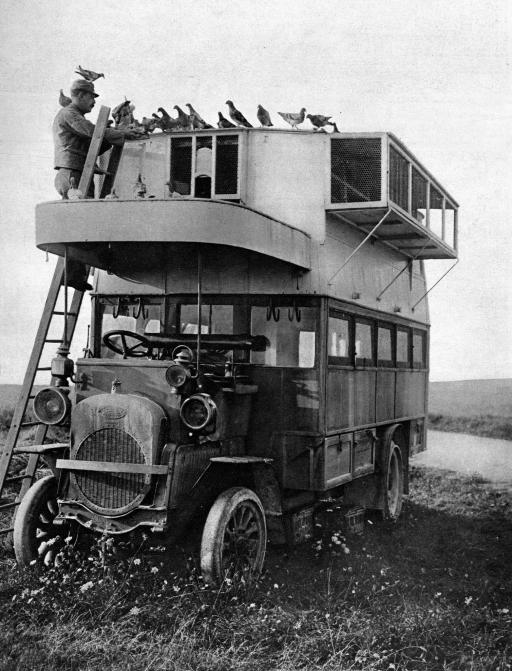British military diaries shedding light on tactics at the Battle of Loos have been published online for the Centenary by the UK National Archives.
Decisions taken at the highest level during Britain’s biggest Western Front offensive of 1915 are revealed in the release of more than 350 army headquarters diaries.
There are ‘behind the scenes’ accounts of controversial episodes, including the accidental gassing of British troops by their own side as the army used chemical weapons for the first time in ‘uncertain and gusty’ winds (Ref: WO 95/158/8).
The HQ diaries also cover a row about the deployment of reserves which culminated in Sir Douglas Haig replacing Sir John French as the British commander in France. Lieutenant General Richard Haking noted: “There is no-one to blame except GHQ and they know it’ (Ref: WO 95/158/3).
But the documents also discuss lesser known strategies, such as the success of the first pigeon messenger service to communicate the direction of artillery fire.
Pigeon speeds
A booklet entitled ‘Organisation of a Carrier Pigeon Service for the Armies in France’ dated August 28th 1915 advises: “A carrier pigeon can cover a distance of 150-200 miles at an average air speed of 30 miles an hour. To get the best out of him he must be conditioned as carefully as a greyhound” (Ref: WO 95/123/10).
William Spencer, author and military records specialist at the National Archives says: “The diaries from Army HQ describe the rare ‘behind the scenes’ accounts and strategies which drove the course of the war.
“When you think of the Battle of Loos, your initial thought probably won’t be about the value of pigeons in coordinating the operations. That is why making these diaries available online is important, not just for researchers and historians but for public understanding, bringing to light the full scale of operations during the war.”
 Timetable of gas attack – secret note given to army (Image © Crown Copyright, courtesy of The National Archives WO 95-158-5)
Timetable of gas attack – secret note given to army (Image © Crown Copyright, courtesy of The National Archives WO 95-158-5)
Within the diaries, there are day-to-day (and in some cases hour-to-hour) accounts of the British Army’s employment of gas, its effects and lists of casualties (Ref: WO 95/158/4).
Germany had used gas at the 2nd Battle of Ypres in the spring of 1915.
A document from British HQ in the run-up to the start of the Loos offensive on September 25th states: From the experience gained during the fighting round Ypres, it is known that if proper precautions are taken (i.e. if gas helmets are worn and properly tucked in round the neck), men need have no fear of suffering any ill effects from gas fumes.”
The reality could be very different.
A narrative of operations on the first morning of the Battle of Loos notes that in an ‘uncertain and gusty’ wind, “although at first the gas and smoke went over well, on the left of the First Corps front the second assaulting line of infantry was considerably impeded, and many men of the 2nd Division were actually gassed before leaving their trenches.”
Highlights from the HQ war diaries include:
WO 95/158/3 – A typed report by Douglas Haig on the strategy and events of the Battle of Loos dated 21 October 2015.
In the report, Douglas Haig and Sir John French blame each other for the handling of the reserves and for them not being present at the battle after the initial gas attack as planned. The report in the diary also contains a report by Lieutenant General R. Haking where he states “There is no-one to blame except GHQ and they know it.” (pg. 47 of PDF version)
WO 95/123/4 – Report on the carrier pigeon service July – December 1915, featuring daily diary entries and statistics of pigeon performance (see diary entry for 7 October 1915).
WO 95/123/10 – Booklet ‘Organisation of a Carrier Pigeon Service for the Armies in France’, dated 28 August 1915.
WO 95/158/4 – Daily and hourly first hand account from Douglas Haig covering the lead up, during and days after the Battle of Loos. (pg.17 onwards of PDF version)
The National Archives’ extensive collection of First World War records can be explored through its Centenary site, First World War 100.
There’s more about pigeons and their role in the Great War at a free talk at the National Archives in Kew, London, on October 22nd. Booking is required for the event: Pigeons, prisoners and panic: Records of espionage in First World War Britain.
Information & images supplied by The National Archives
Posted by: Peter Alhadeff, Centenary News
